One pair of Roadhound tyres to test in real-life conditions, a trip to the racetrack to experience its sporty side, and a plant tour. Clearly, TVS Eurogrip are extremely confident about their product.
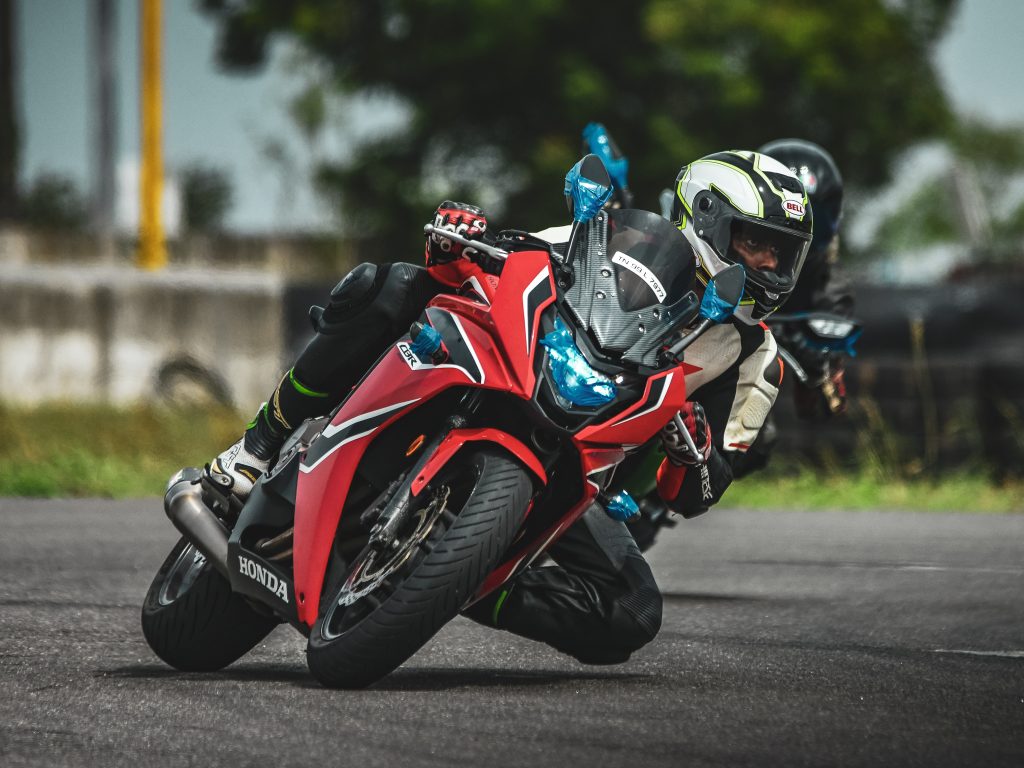
Story: Joshua Varghese
Photography: TVS Eurogrip and Vaishnav Nair
During our interaction at their manufacturing plant near Madurai in Tamil Nadu, representatives from TVS Eurogrip made one thing quite clear: they manufacture world-class tyres. On that note, we were ushered out for a plant tour where we learned the intricacies of how a simple sheet of rubber gets transformed into a loop that ends up becoming the only interface a rider has between his/her machine and the road. The Roadhound is TVS Eurogrip’s latest sport-touring tyre and it is offered in 120/70ZR17 for the front wheel while the rear gets two options: 160/60ZR17 and 180/55ZR17.
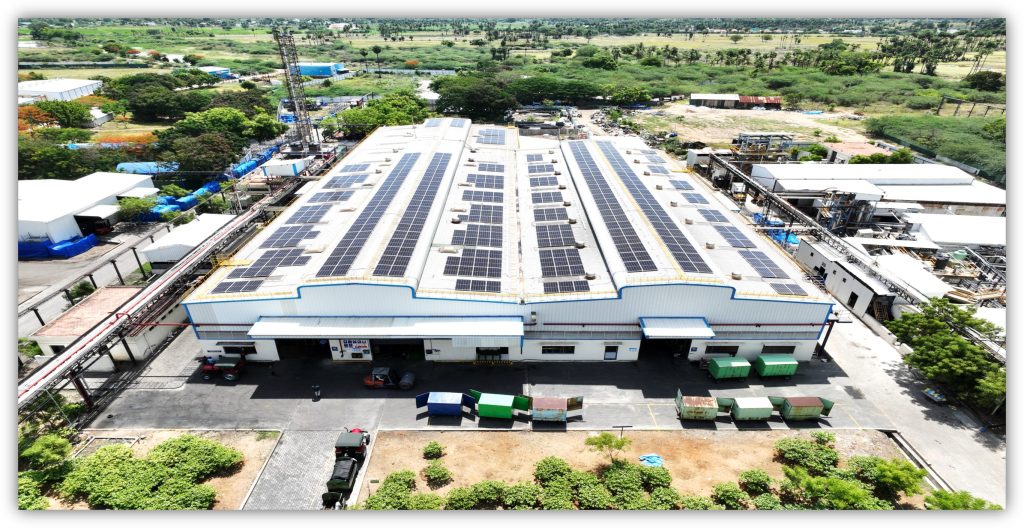
The facility, rather admirably, relies significantly on renewable energy sources and treats its waste material in order to leave a minimal carbon footprint on the environment. TVS Eurogrip tyres are created and extensively tested within its walls. “Extensively” being the keyword, because these products are sold in global markets too. They proudly claim that they have an extensive catalogue that covers most wheel sizes in a portfolio that caters to both the Indian and overseas markets. Of course, we were particularly interested in the new Roadhound tyre.
A month ago, a fresh pair of Roadhounds arrived and we promptly shod our Triumph Street Triple S with it in Pune, right at the height of the current rainy season. After a few hundred kilometres of riding, our initial impression was positive. The tyres offered remarkable grip in the mixed conditions brought about by the weather and we did not feel that the motorcycle’s immense potential for fun was limited by the rubber. TVS Eurogrip claim that such performance is mainly due to the high silica content in the tyre and the tread pattern. The former significantly contributes to maximizing mechanical grip in the wet while the latter channels water away from the tyre effectively and efficiently.
The Roadhound range is the brand’s first venture into the large-displacement motorcycle segment and it is a zero-degree steel radial. TVS Eurogrip claim that these steel wires eliminate “dynamic growth”, which refers to the expansion that occurs at high speed. With that in check, the tyre’s shape remains intact and there is good control over the contact patch. They also informed us that the tyres had been tested up to 270 km/h and to experience at least half of that, we were taken to the Kari Motor Speedway in Coimbatore.
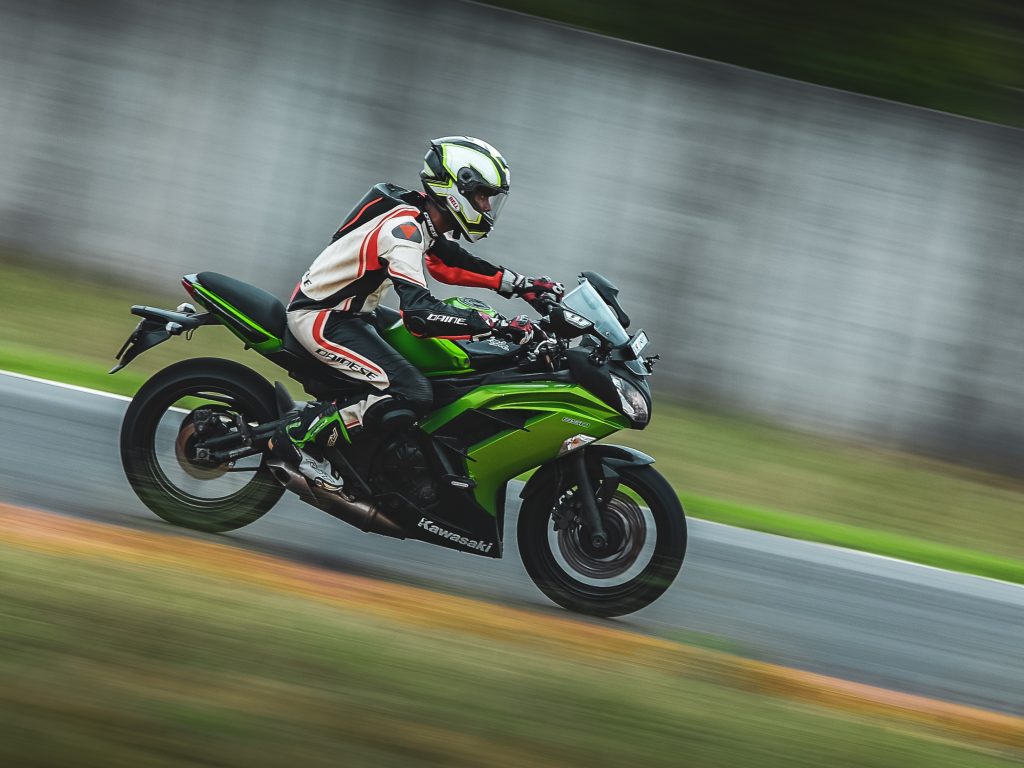
The Kawasaki Ninja 650, the Kawasaki Z650, the Honda CBR650F, the Benelli TRK 502, and the Benelli Leoncino 500 were the motorcycles I rode. At speeds in the range of 150-180 km/h down the main straights, the tyres performed consistently well lap after lap with no compromise on stability, even under hard braking.
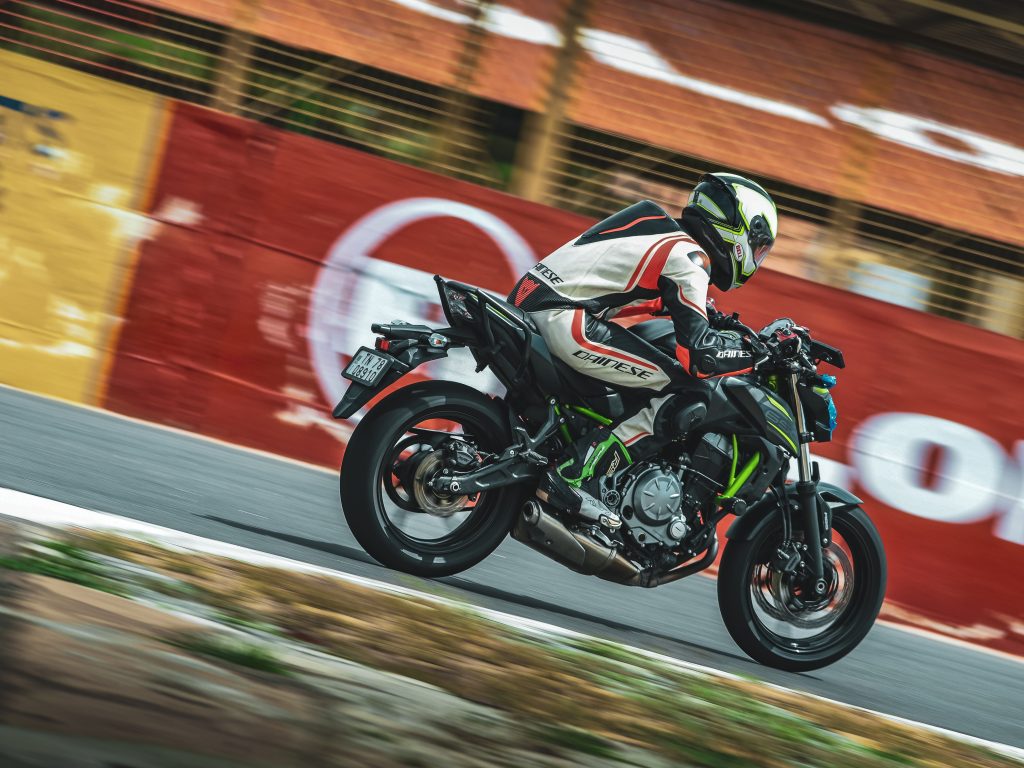
Around corners, things only got better. TVS Eurogrip claim that they have used as many as four different compounds in different sections of the tyre. While the central portion is optimized for durability, the sides are rich in grip and the sidewalls are structurally rigid. The shape of the Roadhound makes it obvious that it leans more towards the sport part of its sport-touring tag. Steering the motorcycles into a corner took slightly more effort and, during a discussion about it, former Grand Prix racer Toshihiro Wakayama (Consultant-Tyre Dynamics and Testing, TVS Eurogrip) confirmed that it was a consequence of the high grip levels on offer. Once on its side, the tyres sent the motorcycles around corners as if they were on rails.
Having ridden motorcycles from a few different disciplines, one thing I liked about the Roadhound is that it exceeded expectations on slower machines like the TRK and lived up to its claims when I belted around the track on the fast Honda or made full use of the Z650’s agility around Kari’s tight corners.
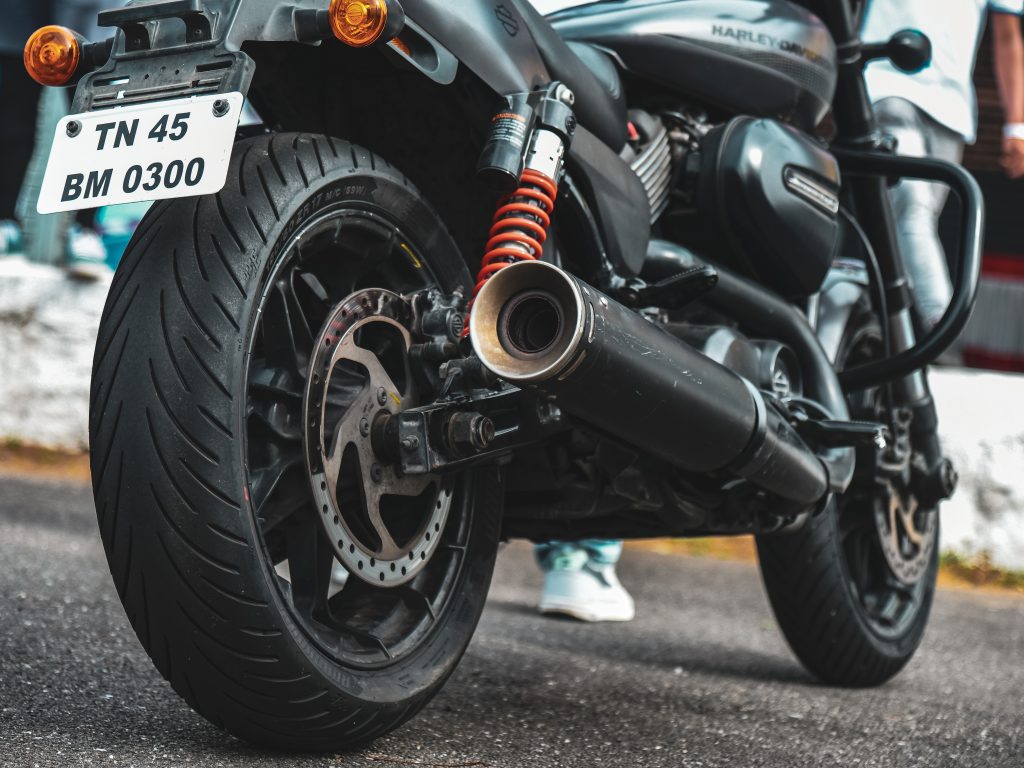
Other notable features include the “quadrazone” construction of the rear tyres. They reduce the heat generated due to friction within the layers of the tyre and keep the levels of wear and tear consistent throughout its life. Of course, we will monitor those parameters using our Street Triple and will bring you timely updates in the months to come.
Also Read: TVS SmartXonnect S10X and S20X Reviewed




Leave a Reply